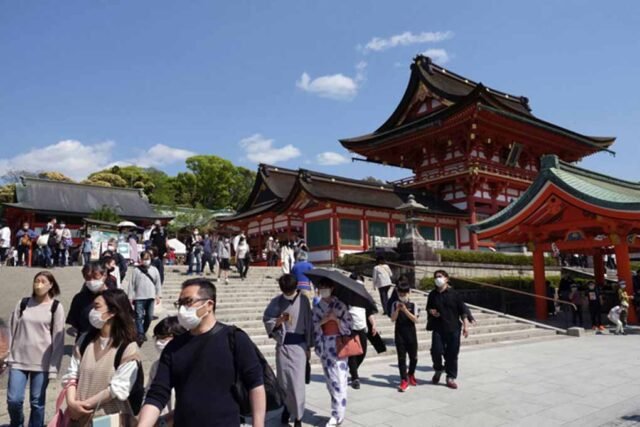Japan, often described as a blend of traditional artistry and modern efficiency, is a destination that thrills every type of traveler. Whether you’re wandering through ancient temples, savoring a bowl of authentic ramen, or marveling at the neon glow of Tokyo, every experience is a chapter in a captivating story. But, like every travel tale, some preparations are essential. In this guide, we touch on two crucial aspects: bringing food into Japan and managing currency exchanges during your trip.
Culinary Delights: What You Can (and Cannot) Bring to Japan
Food is more than just sustenance; it’s a bridge between cultures. Perhaps you’re considering sharing a piece of your homeland with Japanese friends or simply want some familiar snacks to comfort you during your travels. Whatever the reason, it’s imperative to know Japan’s food import regulations.
Japan maintains rigorous standards to protect its ecosystem and ensure the health and safety of its residents. Processed foods, such as chocolates, cookies, and candies, are usually permitted. However, perishable items and products containing meat can be trickier. They might be subjected to quarantine inspections or may not be allowed at all. Fresh fruits and vegetables, especially, come with a set of restrictions due to potential pest risks.
Before you pack that special cheese or a bag of fresh apples, it would be prudent to get acquainted with the ins and outs of what’s permissible. Ensuring that your culinary gifts or personal treats transition smoothly through customs can be a seamless experience when you’re informed. For a detailed insight, this article offers an overview on what food items you can bring to Japan.
Currency Chronicles: Making the Yen Work for You
Navigating the financial landscape of a foreign country can be daunting. From the moment you land at Narita or Haneda airport, you’ll need yen for a variety of purposes: transportation, food, and the myriad of adventures awaiting you.
While credit cards are widely accepted in urban areas, Japan is still very much a cash-centric society, especially when you step outside the metropolitan hubs. Having yen on hand is crucial, particularly for local transport, vending machines, traditional inns (ryokans), and local markets.
When it comes to getting the most value for your currency in Japan, where should you turn? While airports in Japan provide the convenience of immediate exchange, they might not always offer the best rates. Venturing into city centers, exploring dedicated currency exchange outlets, or even certain banks might yield a better conversion. To ensure you’re maximizing every penny, this detailed guide outlines the prime spots for currency exchange in Japan.
Final Thoughts
A journey to Japan is a sensory delight, filled with picturesque landscapes, tantalizing aromas, and the gentle hum of a society that values both its past and future. But like any memorable tale, the smoothness of the narrative is often determined by the preparatory chapters. Ensuring you’re well-informed about bringing food and handling currency can make all the difference, allowing you to fully immerse in the Japanese experience. Safe travels and embrace every moment in the Land of the Rising Sun!




